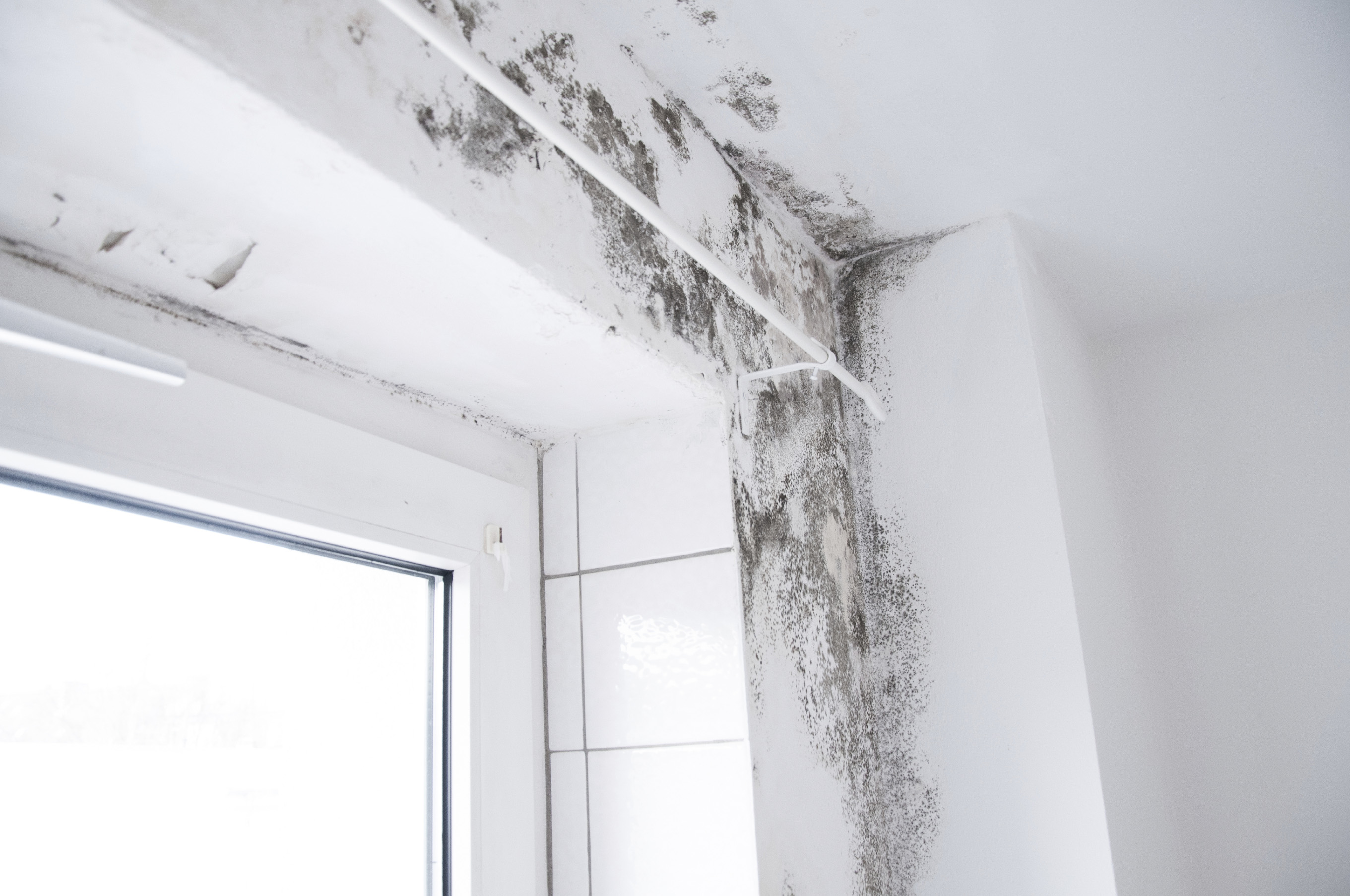
A common summer problem is condensation on walls around AC air vents. Moisture is insidious and, once allowed to enter wall structures, can result in damage, mold and mildew. While quick-fix solutions may provide cosmetic relief, it is best to spend the time and money to ensure that moisture is not seeping into your wall structures.
Sealing Gaps
Start by sealing the gaps with caulk where air is seeping into the wall from outside. This will not only prevent warm, moist air from coming into the home in the summer, but will also prevent warm air from leaking out in the winter. Sealing gaps will improve the efficiency of your building envelope and reduce the wear on your HVAC system while lowering your utilities bill.
Check your ductwork for mold and mildew. If condensation is forming on the wall around your vents, it will also be forming on the cooler ductwork. Check the ducting for signs of mold or mildew which should be removed by a professional.
Prevention is better than cure
Ultimately, the best solution is to create an effective building envelope; the tighter the better. Aside from the energy-saving that this provides, it also mitigates the occurrence of moisture in the home. If you live in an older home, it may be time to consider a retrofit. Advanced wall systems such as TallWall and Windstorm include longer panels which reduce the number of seams and leaks and make for a tighter building envelope.
